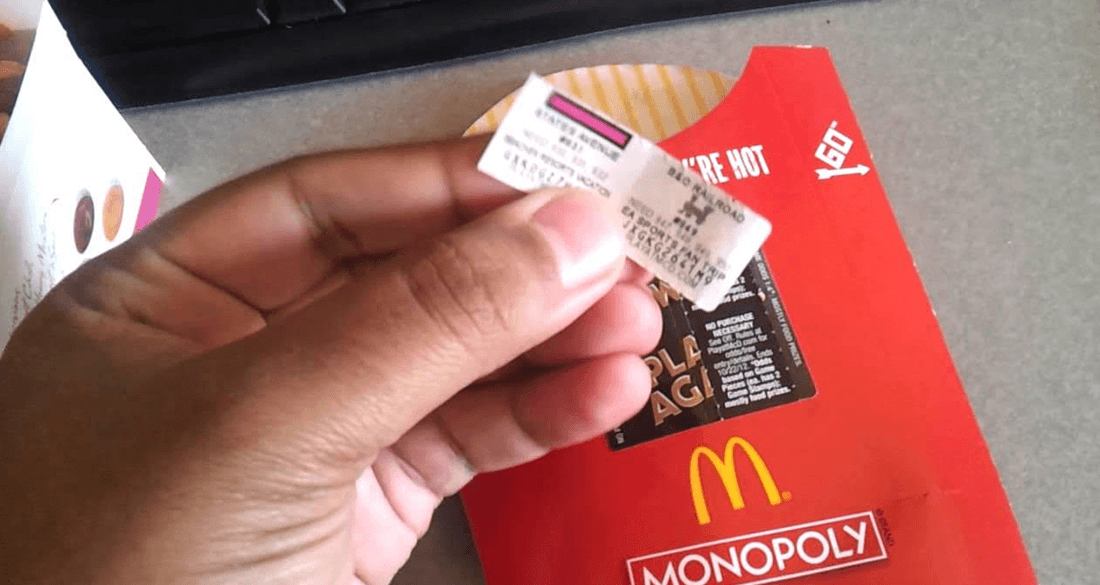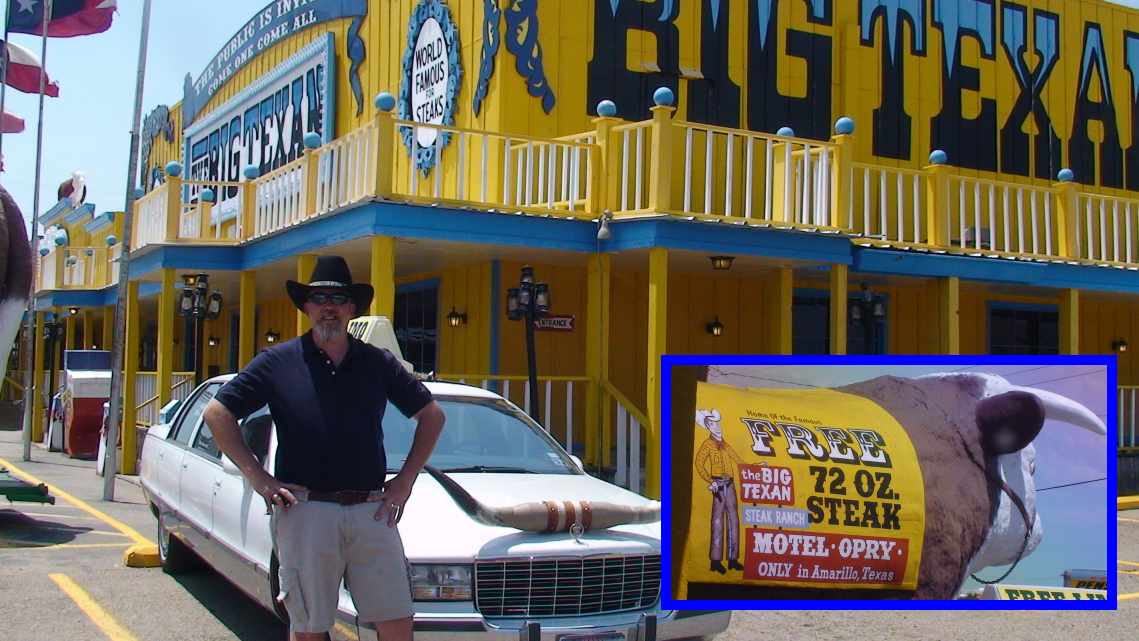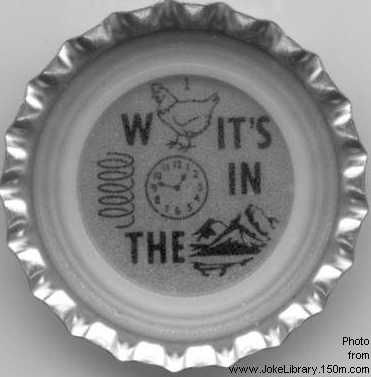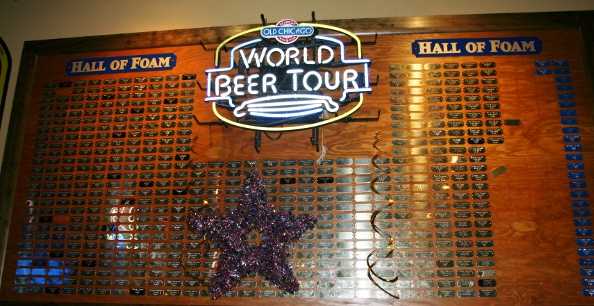Looking for a new way to engage, reward, and even retain customers? Consider the use of gamification in your marketing and sales campaigns. Gamification is a valuable way to build relationships with your customers. A compelling gamification experience taps into a participant’s emotions in a variety of ways.
The term gamification was first introduced in 2002 and has gained a lot of popularity since 2010 after companies started using gamification in business for customer-focused applications. However, many forms of gamification have been used by businesses throughout history.
Gamification is one of the oldest forms of engagement and human social interaction and is shared in just about every culture. At its core, gamification uses behavioral elements and techniques in non-gaming contexts to drive engagement with a brand. Customers can be inspired to engage with a brand with the use of time pressure, the accumulation of points, making progress toward a goal, seeing their name on a leader board, and winning prizes.
With gamification integrated into a marketing and sales campaign, even the potential achievement of rewards or benefits can increase the level of dopamine in the customer’s brain which contributes to feelings of pleasure and satisfaction with the brand.

Many years ago, Canadian Club Whiskey claimed it was hiding cases of its whiskey in different places and encouraging people to find them. I specifically recall one ad about a case that was hidden deep in the mountains of Sasquatch country in Oregon not far from where I was stationed at the time. Every few days, the company revealed another clue to the treasure map to help someone find the case of whiskey. The clues to the potential location of the case of booze were the topic of many conversations with friends as we fantasized about being the ones to locate the hidden case of Canadian Club Whiskey. Quite frankly, even though it occurred many decades ago, I still remember the ads and the countless hours we spent talking about the brand.

Gamification can increase levels of engagement and lead to greater customer loyalty and follow up sales by offering rewards or discounts toward a future purchase. From 1987 until 2015, McDonald’s artfully used its game of Monopoly to draw customers to its restaurants. Customers were drawn into the game when they received tokens that were awarded only to certain higher priced menu items. Some tokens were instant winners allowing the customer to redeem the token for small French Fries or a regular cheeseburger on a future purchase. Since none of the instant prizes constituted a full meal, customers redeeming their instant prizes were encouraged to purchase other items to complete a meal. Customers could also play the long game, collecting game tokens corresponding to properties on the Monopoly board for more valuable prizes.
Gamification can drive social engagement by encouraging customers to challenge their friends, encouraging word of mouth. One bar in my area, “Old Chicago” serves 105 different beers and issued a passport to its patrons to encourage them to take the Old Chicago world beer tour. If you managed to get all the beers stamped on your passport, your name was added to their wall of honor. The prospect of getting your name on the leader board encouraged many to take up the challenge. I can recall being compelled to stop for a few beers after work and comparing my world beer tour passport to my colleagues for several months. Word of the challenge spread like wildfire, there were colleagues in our shop encouraging their friends to take the challenge and become the first one to get their name on the wall of honor.

The big Texan uses a similar gamification challenge with its 72oz steak challenge. If you can eat it all in one hour the meal is free and your name goes on their Big Texan Hall of Fame. The entire event takes place on a stage and is an attraction for all the diners to watch.

Gamification can allow your brand to stand out in a saturated market. Let’s face it, there are literally thousands of beers out there. Growing up, I remember one small specialty beer producer, Haffenreffer, that used picture puzzles in their bottle caps as a way to stand out in a saturated market. Under each cap was a series of simple pictures and letters that when put together, created a common phrase. I can remember many nights of being pretty much done with drinking but desperately wanting to open just one more beer to see if I could solve the next puzzle. Moreover, many of us saved the caps and shared them with friends who were not familiar with the brand, creating a word-of-mouth epidemic in my social circles at the time.
Gamification can also use time pressure to drive the impression of scarcity and build demand. We all remember the movie “Willy Wonka and the Chocolate Factory”. In the movie, there were only five golden tickets to win a factory tour and a lifetime supply of chocolate. The prospect of a valuable prize and the scarcity of having only five tickets created a chocolate buying frenzy in the town.
Gamification can create not only buzz about your product or service but also become an effective tool to increase revenues.
How can you use gamification to improve sales in your company?












